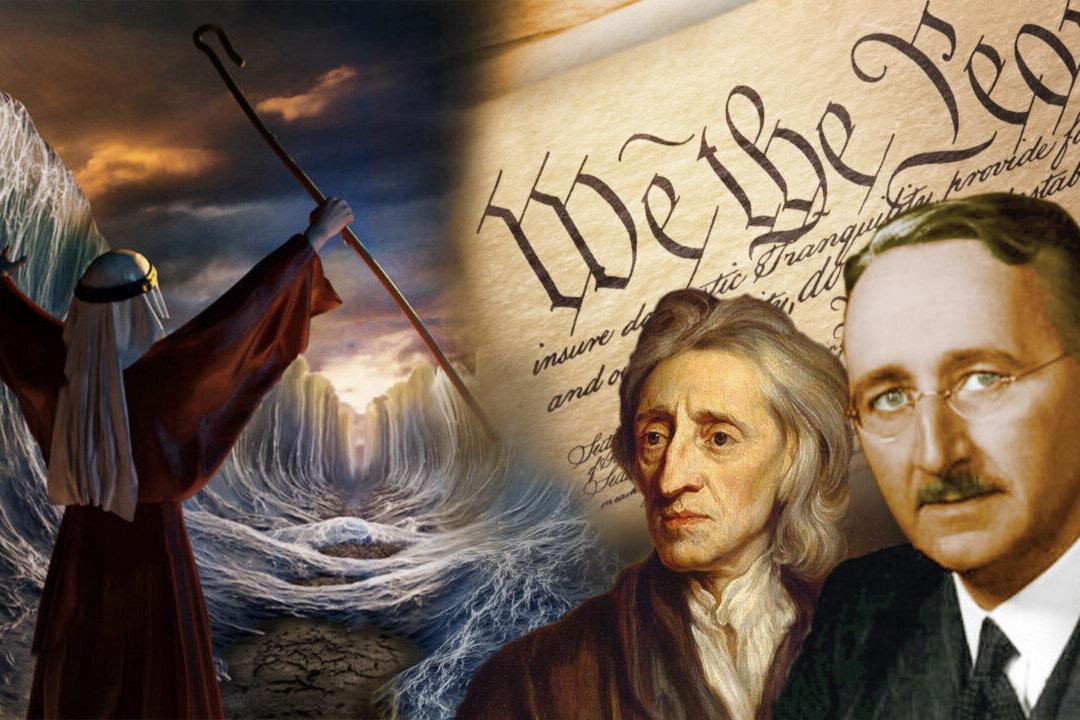Few words have so many different meanings that are so incongruous with one another as the word freedom.
At first, the expectation is that freedom equates to no rules. It’s a fallacious notion, for real freedom has rules -- ones that are necessarily fair, moral, even metaphysical -- and, like all time-honored traditions, they took eons for humans to extrapolate, to create civil order out of primal chaos.






